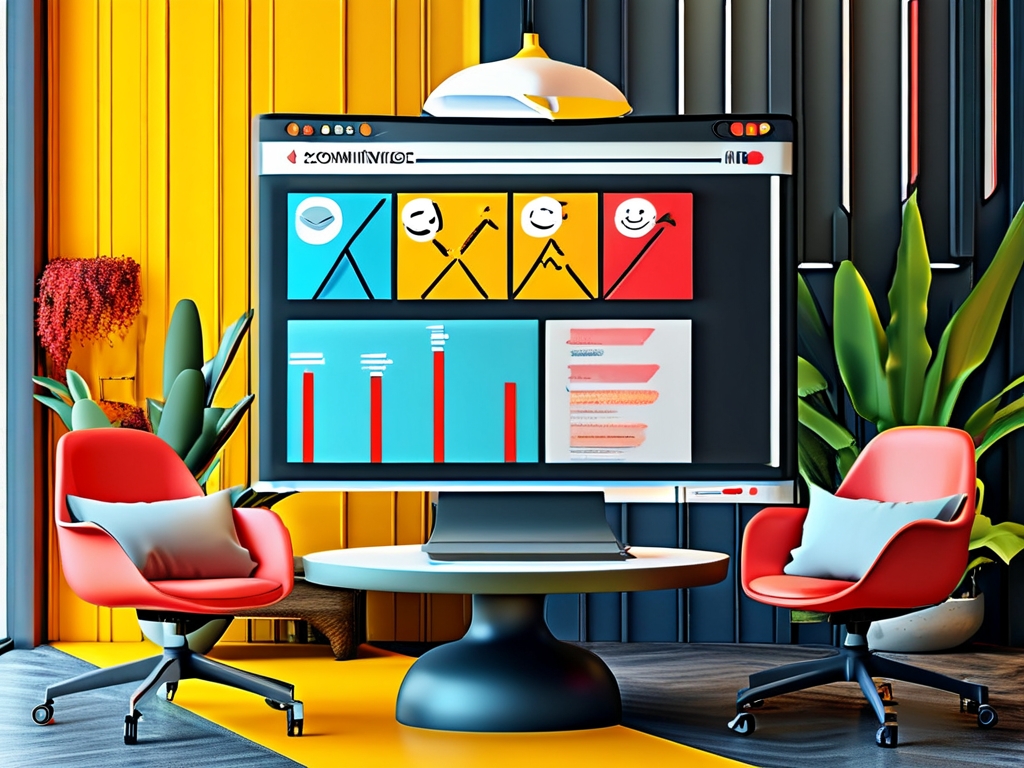In today’s competitive tech landscape, frontend developers are expected to demonstrate not only technical expertise but also strong communication skills during interviews. While coding challenges and technical assessments remain critical, the ability to articulate ideas, collaborate with interviewers, and present solutions clearly often determines whether a candidate stands out. This article explores actionable strategies to enhance communication during frontend interviews, ensuring you leave a lasting positive impression.
1. The Importance of Communication in Frontend Interviews
Frontend development is inherently collaborative. Whether working with designers, backend engineers, or product managers, clear communication is essential to align technical implementation with user experience goals. Interviewers evaluate how well you can:
- Explain complex concepts in simple terms.
- Justify design and coding decisions.
- Adapt your communication style to different stakeholders.
For example, when discussing a responsive design project, a strong candidate might say, “I prioritized mobile-first CSS to ensure accessibility on smaller screens, then used media queries to enhance layouts for larger devices.” This approach demonstrates technical knowledge while emphasizing user-centric thinking.
2. Preparing for Interview Conversations
A. Research the Company and Role
Tailor your communication to the company’s values and the specific role. If the job emphasizes accessibility, prepare examples of projects where you implemented ARIA labels or conducted screen reader testing. Mentioning the company’s design system or tech stack shows proactive interest.
B. Practice Structured Storytelling
Use the STAR method (Situation, Task, Action, Result) to answer behavioral questions:
- Situation: “At my previous role, our checkout page had a 30% cart abandonment rate.”
- Task: “I was tasked with optimizing the UI to reduce friction.”
- Action: “I restructured the form flow using React hooks for state management and added progress indicators.”
- Result: “Abandonment rates dropped by 18% within two weeks.”
This framework keeps responses concise and outcome-focused.
3. Navigating Technical Discussions
A. Clarify Requirements Before Coding
When given a coding problem, avoid jumping into solutions immediately. Ask questions like:
- “Are there specific edge cases I should prioritize?”
- “Should I focus on performance optimization or readability first?”
This demonstrates analytical thinking and collaboration.
B. Think Aloud During Live Coding
Interviewers care about your problem-solving process as much as the final code. Verbalize your thoughts:
- “I’ll start by validating the input to prevent XSS attacks.”
- “Using Flexbox here might improve layout consistency across browsers.”
If you hit a roadblock, acknowledge it: “I’m considering whether a recursive approach would be more efficient. Let me test this hypothesis.”
C. Explain Trade-offs Clearly
Frontend decisions often involve trade-offs. For instance:
- “While CSS-in-JS improves component encapsulation, it increases bundle size. For this project, we chose it because maintainability was a higher priority.”
Such explanations reveal your depth of understanding.
4. Handling Behavioral and Scenario-Based Questions
A. Showcase Collaboration Skills
When asked about teamwork, highlight moments where communication resolved conflicts:
- “Our team disagreed on using Redux vs. Context API. I organized a spike to compare both options, which led us to adopt Context API for its simplicity in this scope.”
B. Address Failure with Honesty and Growth
If asked about a past mistake, focus on lessons learned:

- “I once overlooked cross-browser testing for a feature, which caused layout issues in Safari. Now, I always include browser compatibility checks in my workflow.”
5. Non-Verbal Communication Matters
- Maintain Eye Contact: Builds trust and engagement.
- Use Gestures Sparingly: Avoid distracting movements but employ hand gestures to emphasize key points.
- Mind Your Tone: Enthusiasm about the role should shine through without sounding overly casual.
6. Post-Interview Follow-Up
Send a thank-you email within 24 hours:
- Reiterate your interest in the role.
- Mention a specific discussion point from the interview (e.g., “I enjoyed our conversation about optimizing Webpack configurations”).
- Keep it brief but genuine.
Mastering communication in frontend interviews requires practice, self-awareness, and adaptability. By preparing structured responses, engaging in collaborative problem-solving, and showcasing your ability to balance technical and interpersonal skills, you’ll position yourself as a well-rounded candidate. Remember, interviews are not just about proving your coding abilities—they’re about proving you’re someone others would want to work with.
Invest time in mock interviews, seek feedback, and refine your approach. With these strategies, you’ll turn interview conversations into opportunities to highlight both your technical prowess and your ability to contribute to a team’s success.





